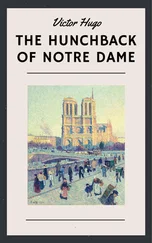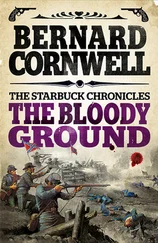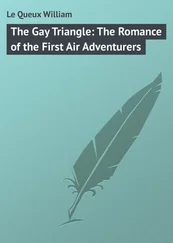Victor J. Kamenir
THE BLOODY TRIANGLE
THE DEFEAT OF SOVIET ARMOR IN THE UKRAINE, JUNE 1941
I think that those who never experienced all the bitterness of the summer of 1941 will never be completely able to appreciate the joy of our victory.
—Vassiliy Grossman, Soviet writer
AS THE YEARS GO BY, the white areas on a historical map of World War II continue shrinking. However, to most Western military history enthusiasts, the four bloody years of struggle on the Eastern Front continue to be terra incognita . Most people have only heard about the Siege of Leningrad, the slaughter of Stalingrad, and, of course, the Battle of Kursk.
The weeklong armored clash near the Russian city of Kursk in 1943 has been widely known as the largest tank battle in history, involving over six thousand armored combat vehicles on both sides. During this bloody battle, the backbone of the German Panzer Corps was broken forever, leaving it unable to mount significant operations for the rest of the war. However, this was not the first large-scale armored struggle on the Eastern Front. Another weeklong conflict featuring massive tank formations took place immediately following the German invasion of the Soviet Union on June 22, 1941.
Just two days after launching Operation Barbarossa, from June 24 to July 1, roughly 650 German tanks and 180 assault gun and tank destroyers fought over 1,500 Soviet tanks in a roughly triangular area of approximately 1,800 square miles between the northwestern Ukrainian towns of Lutsk, Dubno, and Brody.
The fighting in Ukraine did not parallel fighting in Byelorussia, where the armored warfare on the Eastern Front became associated with exploits of the most famous German panzer leader—Heinz Guderian. Instead of heady dashes by “Hurrying Heinz’s” armored spearheads, the difficult terrain of northwestern Ukraine limited German advances to a grinding series of battles along a miserable road network.
Events that took place there, when covered by Western historians, are usually glossed over by an encompassing title of “border battles.” Yet, here, in the swampy and marshy terrain, the German blitzkrieg was for the first time slowed down to a crawl and even halted for several crucial days. The Soviet side lost the battle. However, even in defeat, the Red Army demonstrated that the vaunted German Wehrmacht could be stopped and bloodied, even if only for a time.
This experience was costly for the Soviet Union. Numerically superior mechanized forces of the Red Army were savaged by the smaller, more proficient and professional German opponents. In this, and similar border battles, the Soviet armored force, larger than all other armored forces in the world combined, melted away under the relentless assault of the German combined-arms style of warfare.
Describing the events above, this work relied heavily on numerous memoirs of Soviet and, to a lesser extent, German participants in the conflict. These first-hand accounts provide genuine insights into the unfolding events. While some of them cover the same events, no two of them are exactly alike, each man’s own personality coming through in his interpretation of the events. I intentionally weighted my research towards the Soviet/Russian sources because I wanted to present this conflict from the Soviet point of view.
Starting shortly before the war, the Soviet officers, their reports and memoirs describe, often in minute detail, the condition, preparedness, and morale of the Red Army at the outbreak of the conflict. I was not the first writer to rely on these works, and, like others, I drew my own conclusions.
Russian writer and former military intelligence officer Vladimir Rezun (pen name Viktor Suvorov) helped fuel the debate whether Soviet Union was planning to attack Germany first. Very persuasively, albeit not very convincingly, Rezun argued that presence of certain types of weapons or personnel in large quantities was the indicator of immediate Soviet aggressive intentions. I found his claim that the Soviet Union had one million paratroopers by the start of the war preposterous. While parachute jumping was immensely popular among Soviet youth before the war, a teenager who has several jumps off a tower under his belt does not a trained airborne soldier make.
While I do not dispute Stalin’s aggressive intentions overall (it is hard to argue with this, knowing of his swallowing up the three tiny Baltic states and chunks of Finland, Poland, and Rumania), I do not believe that the Red Army was in any shape to conduct major offensive operations in July 1941, as advocated by Rezun/Suvorov. On a much more personal note, I find him usurping the venerated surname of Suvorov as an insult to Russian and Soviet history.
Rezun alleged that the sheer number of over twenty-four thousand Soviet tanks as clear demonstration of aggressive intent. However, a significant number of them were so obsolete as to be not much more than targets for German gunners. This could be unscientifically explained by Russian propensity not to discard anything. Large numbers of inoperable tanks rusting in their motor pools were still carried on the rosters as viable combat vehicles.
Along with inflated quality and quantity of materiel, unrelenting propaganda of the Communist Party lulled the Soviet citizens into a false sense of security. In early 1939 a movie called Tractorists was released in the Soviet Union. Two new songs written by songwriter Boris Laskin and featured in its soundtrack became instant classics, “The Tree Tankers” and “March of the Soviet Tankers.” The latter song featured words which symbolized the naïve pride which the Soviet people had in their armed forces: “The armor is strong and our tanks are fast.”
The unrelenting stream of propaganda convinced a majority of the citizens of the Soviet Union that their country possessed the strongest armed forces in the world. The whole country took pride in its armed forces. Millions of young men and women had membership in paramilitary clubs teaching a variety of military skills—flying, parachute jumping, shooting, and radio operating. Military pilots, dubbed “Stalin’s Falcons,” strutted with their chests puffed out with pride. Tens of thousands of young people proudly wore their “Voroshilov’s Marksman” pin, named after Stalin’s crony Marshal Kliment Voroshilov and earned for outstanding rifle shooting.
After the German invasion on June 22, 1941, shaken out of their sense of security, the Soviet people with great disbelief listened to radio broadcasts naming long strings of cities and towns captured by Germans with insulting ease. Common questions were, if not on everybody’s lips, certainly on everybody’s mind: “What happened to our armed forces? Where are our planes, the fastest in the world? Where are our tanks, the strongest in the world?”
This work will, hopefully, shed light how the Soviet tank park melted away under merciless German hammer blows in 1941.
 CHAPTER 1
CHAPTER 1
German Plans, Dispositions, and Organization
ON THE HUMID EVENING OF JUNE 21, 1941, all the camps of the 11th Panzer Division around the small Polish town of Stalowa Wola were a beehive of nervous and excited activity. While the drivers revved up their engines and ran through the last-minute maintenance checks, the troops were busily loading up their vehicles. Every available inch of space was crammed to overflowing with extra ammunition, jerry cans, and metal drums offuel, indicating a long and busy drive. Anxious weeks of training and waiting were replaced by relieved anticipation.
Читать дальше
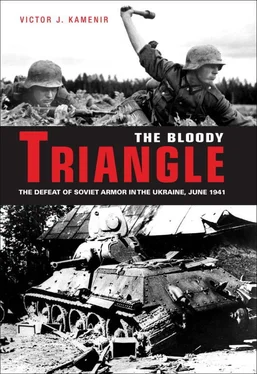
 CHAPTER 1
CHAPTER 1
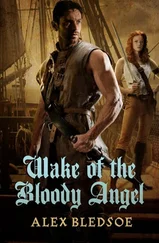


![О Генри - Социальный треугольник [The Social Triangle]](/books/405340/o-genri-socialnyj-treugolnik-the-social-triangl-thumb.webp)
